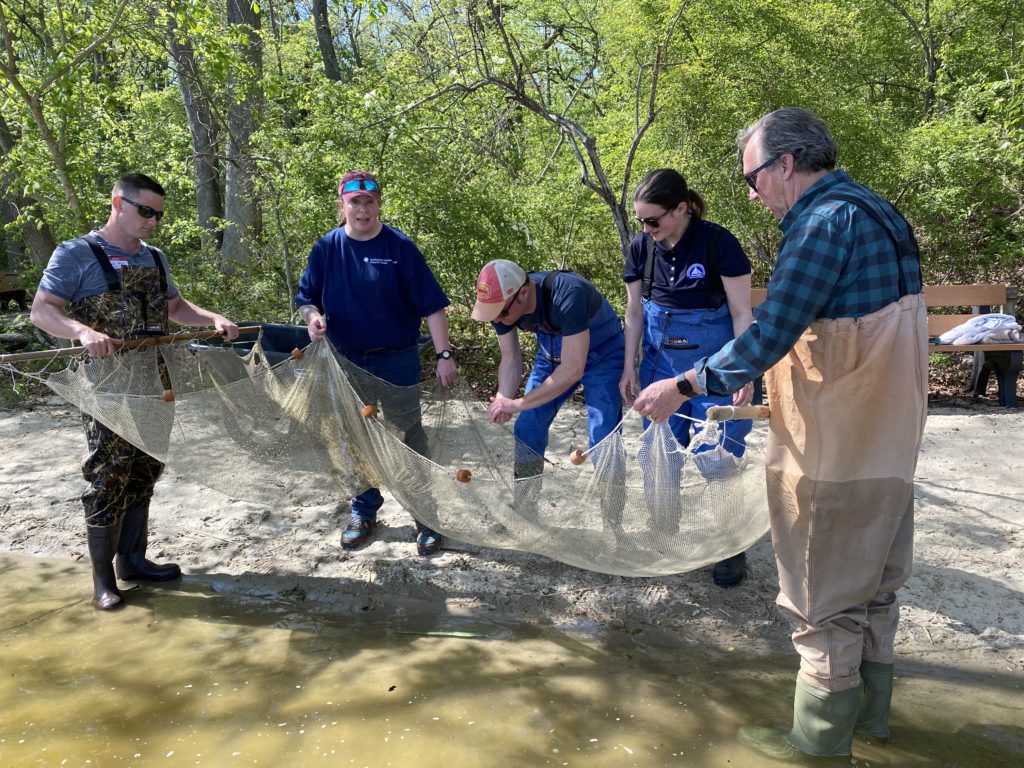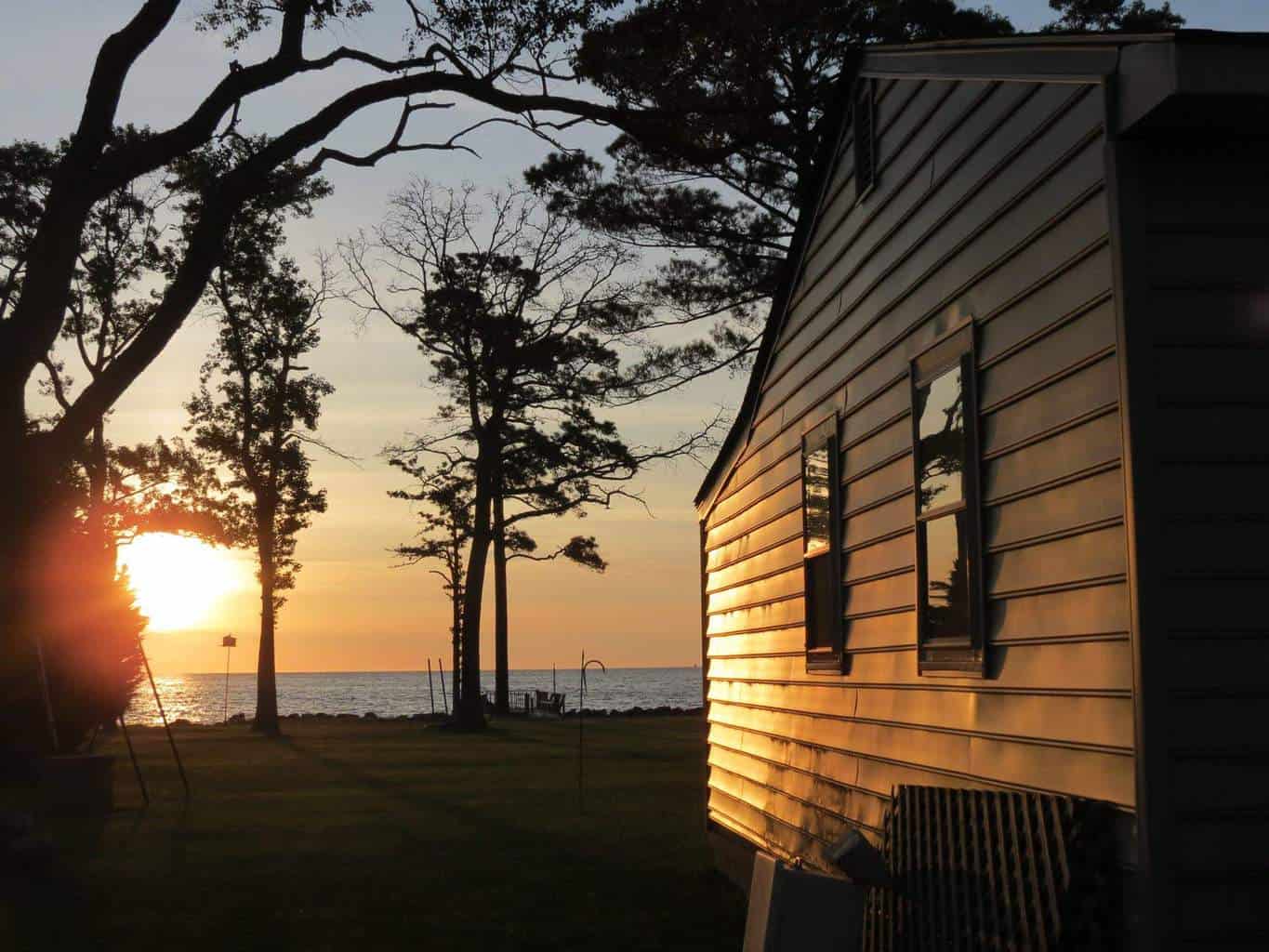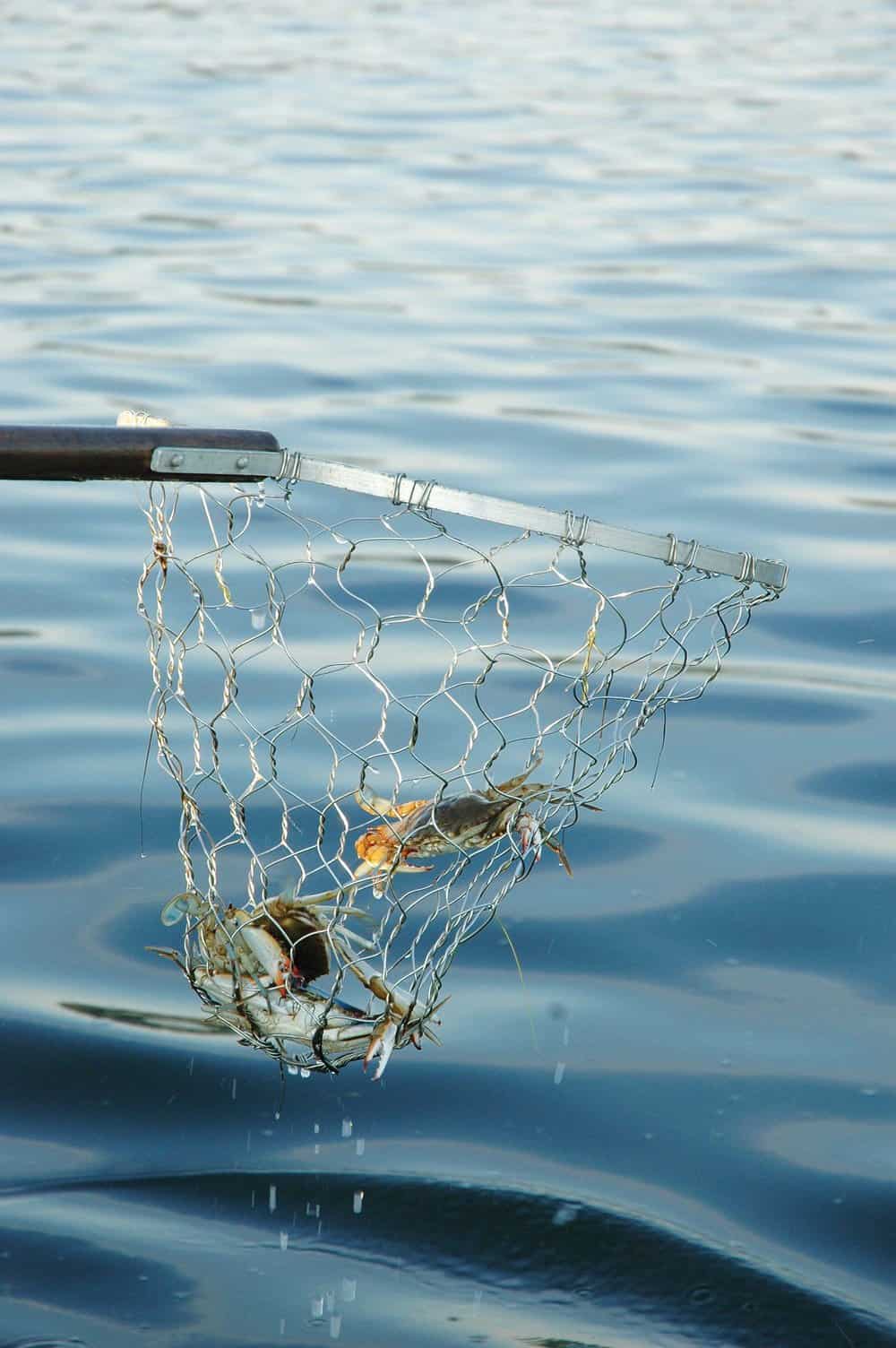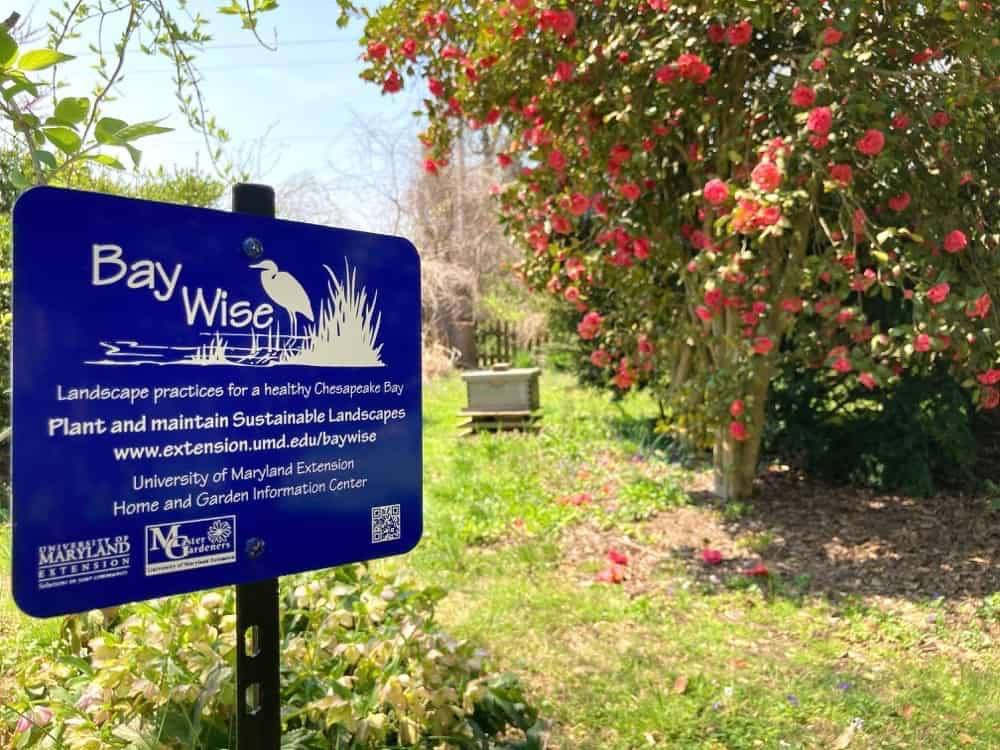On a recent Thursday I found myself donning chest waders at the Smithsonian Environmental Research Center in Edgewater, Maryland, alongside an assortment of tourism professionals from around the state: museum staffers, tour guides, charter boat captains, and volunteers.
It was a field trip organized by the Maryland Office of Tourism as part of training for becoming a certified Chesapeake Bay Storyteller.
This intensive educational and tourism training program is led by the Maryland Office of Tourism and the National Park Service. It’s offered to select Chesapeake Bay businesses in an effort to broaden knowledge and understanding of Chesapeake Bay heritage, industries, history, ecology and recreation. The course also fosters an ongoing network among Chesapeake Bay businesses. Those who complete the six-week program serve as tourism ambassadors for the entire region and are highlighted on VisitMaryland.org.
The idea originated in 2012 when the Chesapeake Conservancy launched a program to train watermen as tour guides so they could supplement their incomes. An estimated 120 watermen went through the initial program before the program ended due to a lack of resources. In 2020, the NPS Chesapeake Bay Gateways Network started a similar program, expanding it to other types of water-based touring.
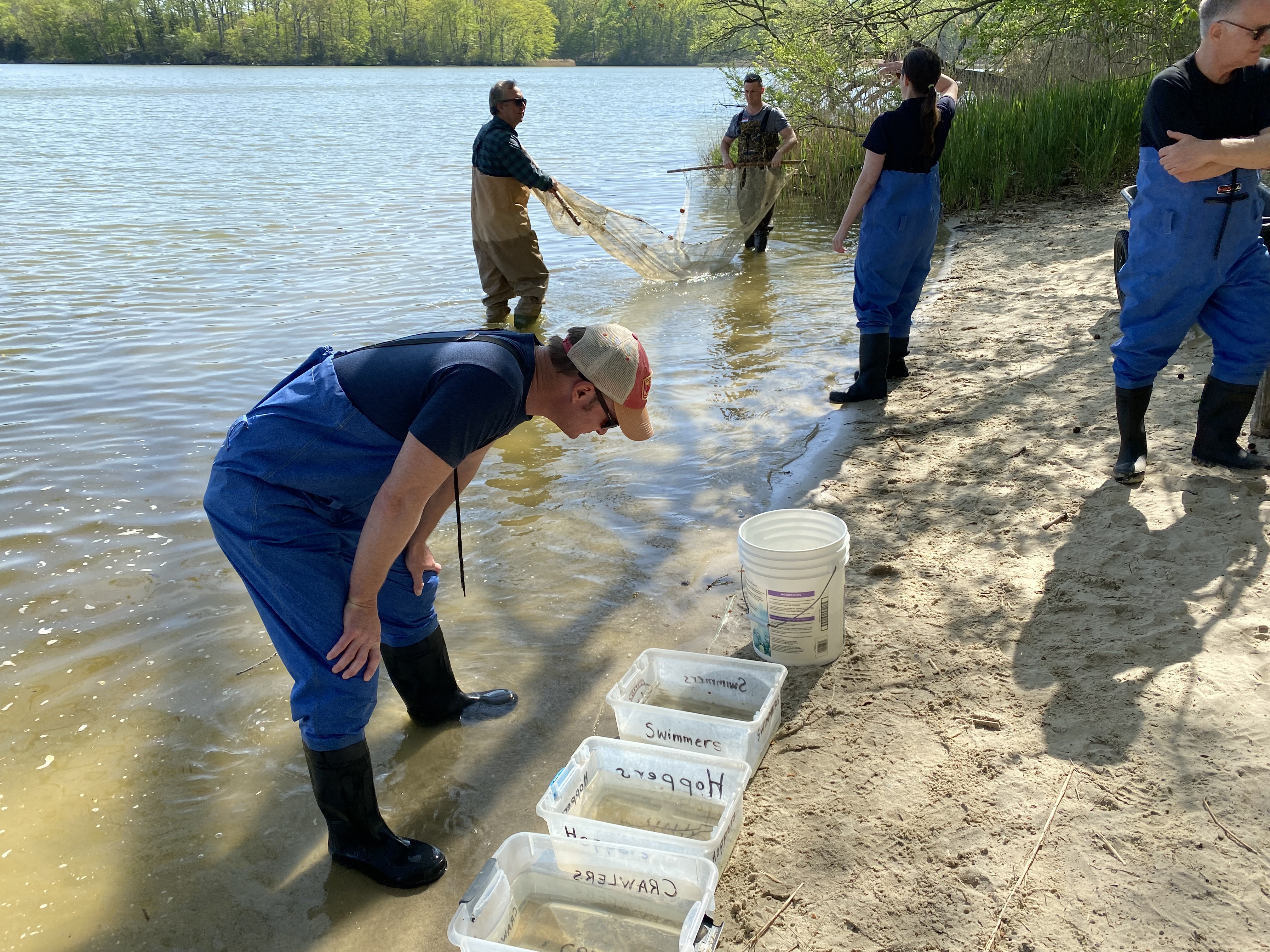
NPS connected with the Maryland Office of Tourism and set up the Storytellers training program. That first “class” graduated 40 people from 29 businesses and organizations; the current class of 23 students represents 15 businesses and organizations. The graduates were recognized this week in a ceremony in Annapolis as part of Maryland Travel & Tourism Week.
The training to be a Chesapeake Bay Storyteller focuses on Bay-centered heritage and ecology but also marketing skills, how to develop more engaging tours, and collective best practices to engage with the public. The training session at SERC was a chance for the Storytellers to experience two activities the institution offers to school-aged children who come for day camps from all over the state. Half of the group went to inspect the oyster hatchery, and the other half donned waders to seine for marine life, which we then carefully transferred to buckets of water on the beach. We were as excited as schoolkids to scoop up swimmers, hoppers, crawlers and floaters, and then learn more about them before releasing them back into the Bay.
This hands-on experience gives the Storytellers the chance to learn things that can add context to their own stories and tours about the Bay. These grown-up students all had different reasons for being there. For Dena Cardwell of the Havre De Grace Decoy Museum, one goal was networking, to find resources for a new African American exhibit and resources to help kick off a summer camp program. Annapolis Maritime Museum volunteer Tim Leahy was eager to get a wider understanding of all aspects of the Bay so he can answer any questions that come up from visitors.
Participants also shared their tips on how they work with their guests—from staff-to-guest ratios to planning for weather to what to have on hand for guests. At SERC, emergency supplies include the expected first aid kit and weather monitors, but also hair ties, plastic baggies for clothing that gets damp, and donated jackets and shoes for kids who may not have what they need for a day catching croakers or walking muddy waterside trails.
Captain Jennifer Kaye of Schooner Woodwind in Annapolis was a part of the inaugural class and still recalls helpful tips from the program. “The rule of three, that was huge,” she says, referring to guidance that you never leave a child alone with another person; it always needs to be three people. “I’d never heard of that.” Another key takeaway was a perspective on the overall health of the Bay outside of where she operates.
And the program leads to innovations. Kevin Haigis of Capital SUP is excited to launch new paddleboard tours that teach people more about the Bay. And Brian VanDevander of Bunky’s Charters in Solomons Island is launching a new “hook to cook” tour, where guests can fish with him, then go back to the commercial kitchen at the marina and learn how to prepare what they caught. It’s something he does with his own family, and now gets to share with visitors. Sharing Chesapeake heritage doesn’t get more personal than that.

